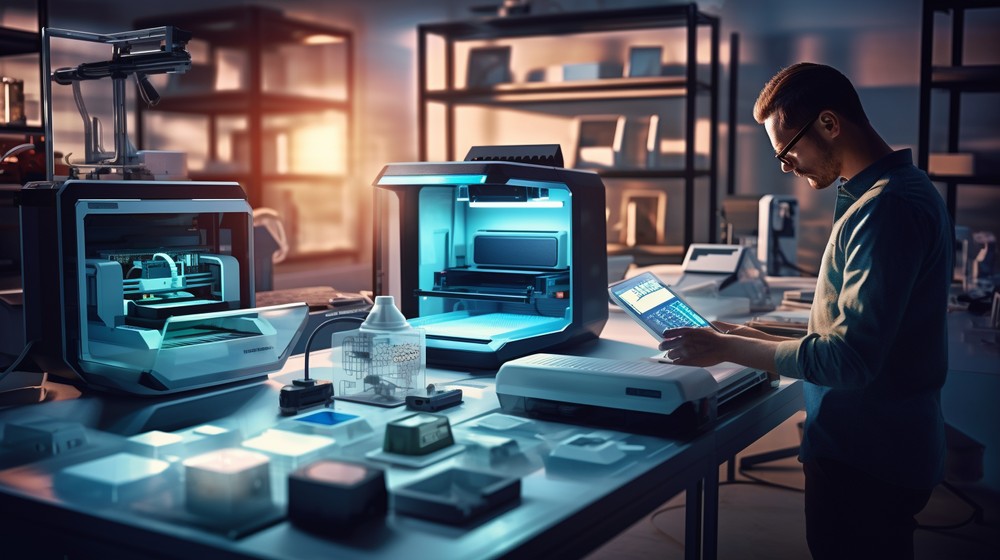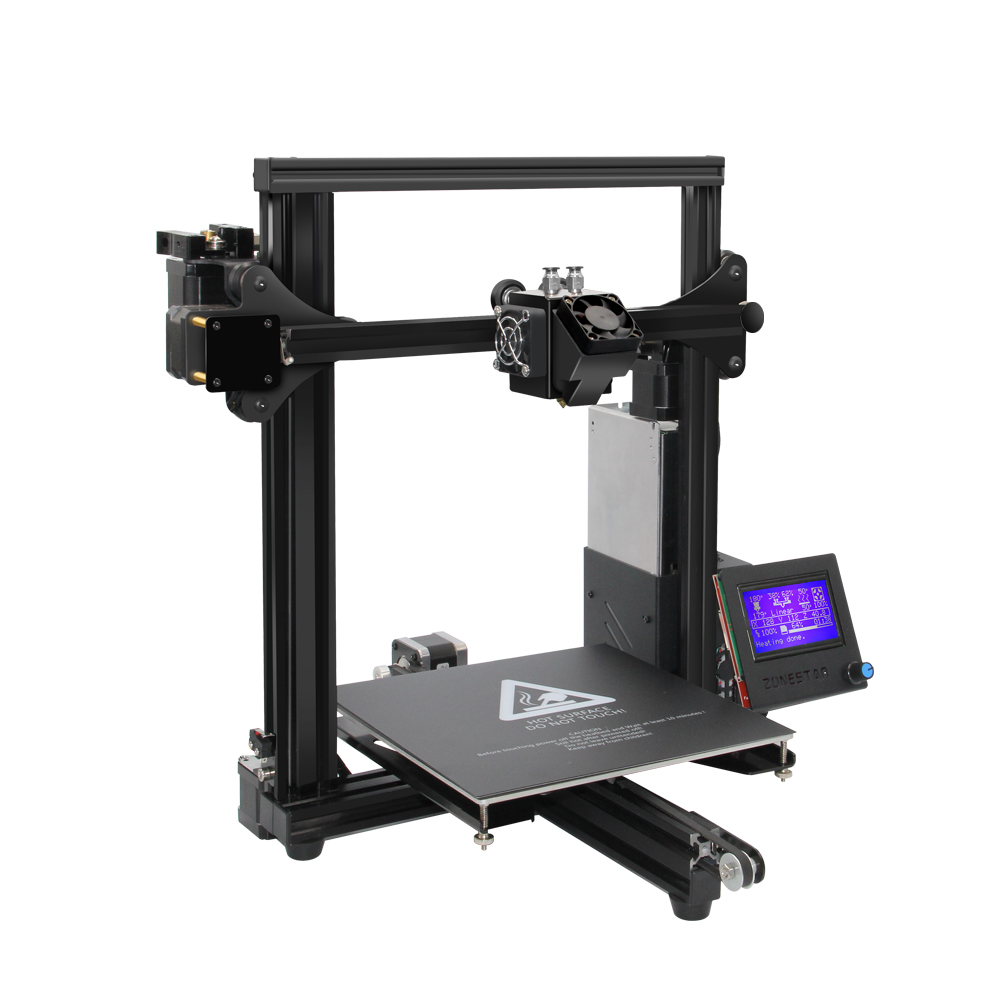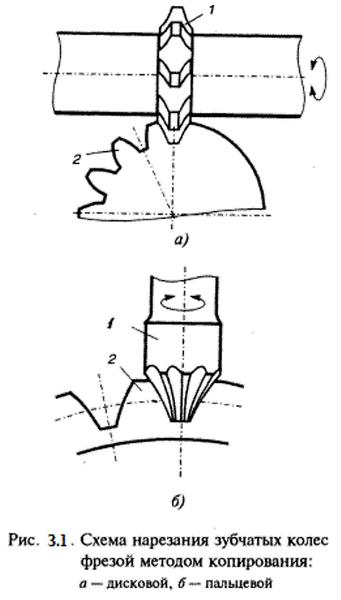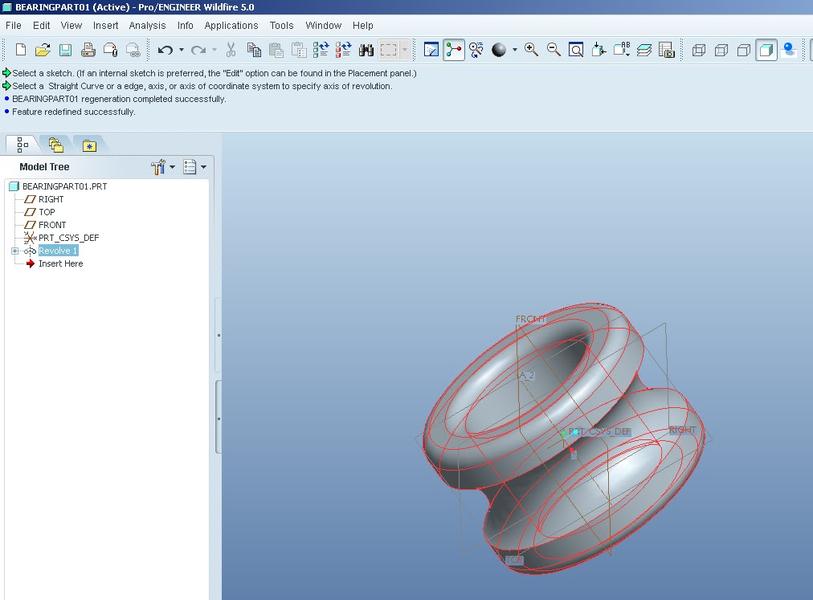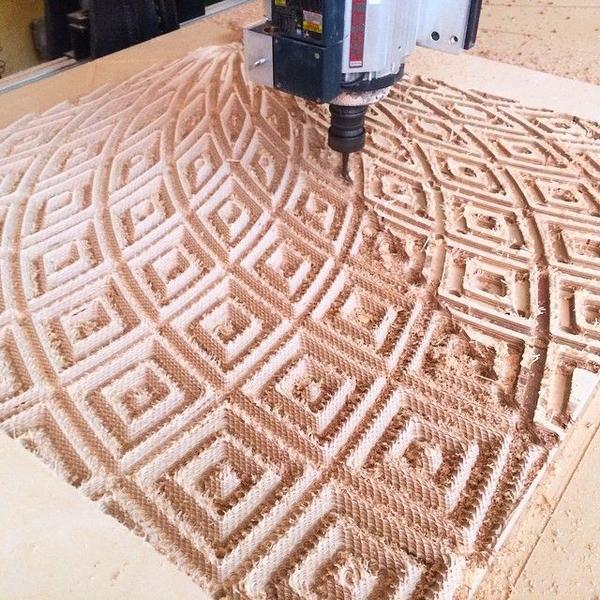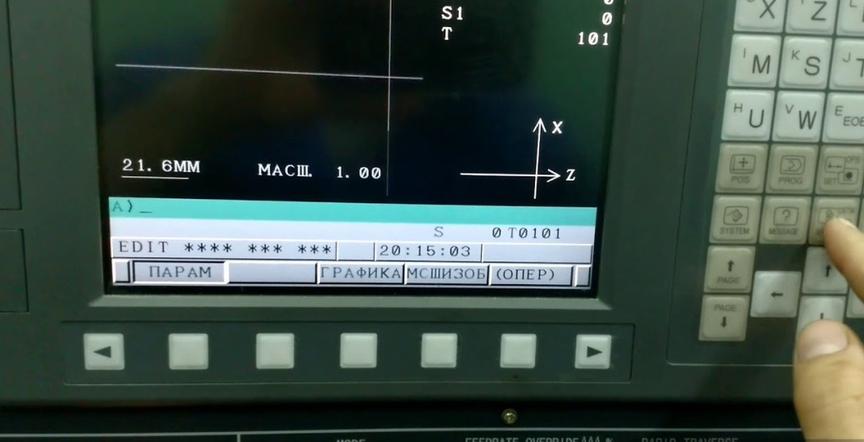How to choose a 3D printer
The world of 3D printing opens up boundless opportunities, regardless of whether you are an enthusiast, teacher, designer, or entrepreneur. However, the journey begins with choosing the right 3D printer. This process can be quite challenging, given the huge number of printers available on the market. This article aims to explain how to choose a 3D printer that meets your needs and aspirations.
How to choose a 3D printer
Embarking on the path of 3D printing begins with one crucial step - choosing the right 3D printer. This decision is key as it significantly influences the quality of prints, level of detail, and the range of materials that can be used in your projects. Here we will consider some key aspects to pay attention to when making an informed choice:
Understanding your needs
The first and most important step in choosing a 3D printer is understanding what you want to achieve with it. Here are a few considerations:
Intended use: Do you want to create prototypes, produce unique art pieces, teach students, or perhaps start a small manufacturing business? Your primary goal largely influences the type of 3D printer you need.
Printing volume: Consider the printing volume you'll be working with. If you plan to print frequently or in large batches, you need a printer capable of handling the load.
Complexity of projects: Assess the complexity of your projects. More complex projects may require printers with higher resolution or printers capable of printing with multiple materials.
Considering the budget
Prices for 3D printers vary widely, so it's very important to determine your budget. Here's how to approach budgeting:
Initial budgeting: Determine a comfortable budget range. This will significantly narrow down the possible options.
Total cost of ownership: Sometimes, by spending a little more upfront, you can save a lot of hassle and additional expenses in the long run. Consider the cost of consumables, spare parts, and power consumption.
Future expenses: Anticipate future expenses. As you hone your skills, you may want to upgrade your machine or acquire additional accessories.
Printer technology
Understanding different 3D printing technologies is crucial, as each has its advantages and disadvantages. Here are some of the most common ones:
Fused Filament Fabrication (FFF): FFF is the most common and budget-friendly type of 3D printing technology. It is great for beginners and can be used for a wide range of projects.
Stereolithography (SLA): SLA is known for its high resolution and is suitable for detailed projects. It is more expensive and can be challenging for beginners.
Selective Laser Sintering (SLS): SLS is used for more professional and industrial applications due to its ability to produce strong, functional parts.
Material compatibility
When choosing a 3D printer, the range of materials you plan to use plays a crucial role. Here's how to approach this aspect:
Types of materials: Different 3D printers support different materials, such as PLA, ABS, resin, and others. Some printers can work with multiple materials, opening up a wide range of creative possibilities.
Material costs: Consider the cost and availability of the materials you plan to use. Some materials may be more expensive or harder to find than others.
Material properties: Each material has unique properties. For example, PLA is biodegradable and easy to print, while ABS is stronger but requires higher temperatures.
By taking the time to carefully assess your needs, budget, printer technology, and the materials you plan to use, you'll be able to make an informed decision that will serve your creative endeavors in the field of 3D printing.
Resolution and print speed
The magic of 3D printing lies in its ability to create detailed and complex designs. Here we will delve into the important role played by resolution and print speed:
Understanding print resolution:
Print resolution is measured in microns, and a lower number of microns means a higher resolution.
Higher resolution means greater detail but can significantly increase printing time.
Some projects may require higher resolution, such as detailed figurines or jewelry, while others, such as rough prototypes, may not need such resolution.
Evaluating print speed:
Print speed is the speed at which the extruder of the 3D printer moves and is usually measured in millimeters per second (mm/s).
Higher print speed can lead to lower print quality, while lower speed can improve print quality but require more time.
Some printers allow you to adjust print speed to find a balance between quality and time efficiency.
Ease of use and support
Entering the world of 3D printing can be challenging, especially for beginners. Here, ease of use and support come to your rescue:
User-friendly interface:
Look for printers with user-friendly controls, clear operating instructions, and convenient software.
Features such as automatic bed leveling, filament sensors, and touchscreen interfaces significantly enhance ease of use.
Customer support:
Valuable assistance in setup, troubleshooting, and maintenance can be provided by a reliable customer support service.
Pay attention to brands offering detailed online resources, responsive customer support, and active community forums.
Software compatibility
The software you use serves as a link between your design and physical printing. Here are some considerations:
Compatibility with software:
Ensure that the printer is compatible with the software you plan to use.
Some printers come with proprietary software, while others are compatible with popular third-party design programs.
Slicing software:
Slicing software is crucial as it translates your design into instructions for the printer.
Check if the printer requires the use of specific slicing software or allows for third-party options.
Community and reviews
Gaining knowledge from those who have walked this path before you can be extremely valuable. Here's how:
Online communities:
Participating in online forums, social media groups, and other communities can provide invaluable advice and support.
You can learn about others' experiences, get troubleshooting tips, and discover new project ideas.
Reviews and feedback:
Read reviews and watch videos to get an idea of the printer's performance, ease of use, and potential issues.
Future upgrades
Over time, your 3D printing needs may change. This is why future upgradability is crucial:
Upgradability:
Some printers allow for equipment upgrades, such as exchanging the extruder or adding a heated bed, expanding the printer's capabilities.
The ability to upgrade can spare you from the need to purchase a new printer as your needs change.
Warranty and service
Investing in a 3D printer is a serious decision, and having a warranty can provide peace of mind:
Warranty:
A good warranty can protect you from unexpected expenses in case of defects or issues with the printer.
Check the warranty terms, what it covers, and its duration.
Customer service:
Quick customer support allows for swift resolution of issues.
Look for brands with positive customer service reviews and multiple support channels, such as phone, email, and chat.
Considering the above factors, you'll be able to make an informed decision about choosing a 3D printer that will serve you well in your creative or professional endeavors.
Questions and answers
What is the best 3D printer for beginners?
For beginners, an optimal choice may be a printer that is easy to set up, user-friendly, and has a supportive community.
Which 3D printer has the highest resolution?
Usually, SLA or DLP printers have higher resolution compared to FFF printers.
Can you print using multiple materials?
Yes, some 3D printers support printing with multiple materials, but be sure to check the technical specifications before making a purchase.
How much does a good 3D printer cost?
Cost can vary greatly depending on the printer's capabilities, brand, and technology used. It can range from a few hundred to several thousand dollars.
How to maintain a 3D printer?
Regular maintenance, such as cleaning the print bed, lubricating moving parts, and updating firmware, is essential for the longevity of the printer.
What software is needed for 3D printing?
You will need CAD software for designing models and slicing software for preparing them for printing.
Conclusion
Choosing a 3D printer is an important step in unlocking your creative potential and achieving your goals. By considering the factors described and aligning them with your needs, you'll be able to make an informed decision. Remember, the right 3D printer is one that meets your requirements and fits your budget.

